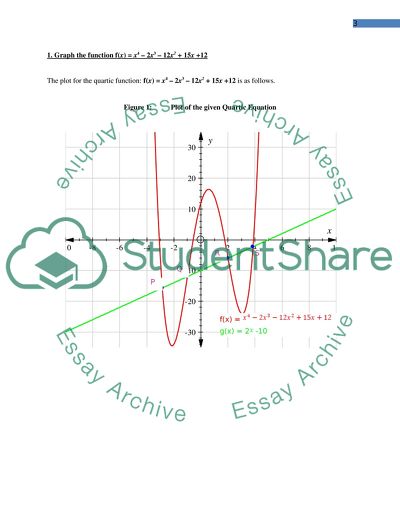Maths Investigation on Properties of Quartics Assignment Example | Topics and Well Written Essays - 1500 words. https://studentshare.org/mathematics/1711582-maths-investigation-on-properties-of-quartics
Maths Investigation on Properties of Quartics Assignment Example | Topics and Well Written Essays - 1500 Words. https://studentshare.org/mathematics/1711582-maths-investigation-on-properties-of-quartics.


